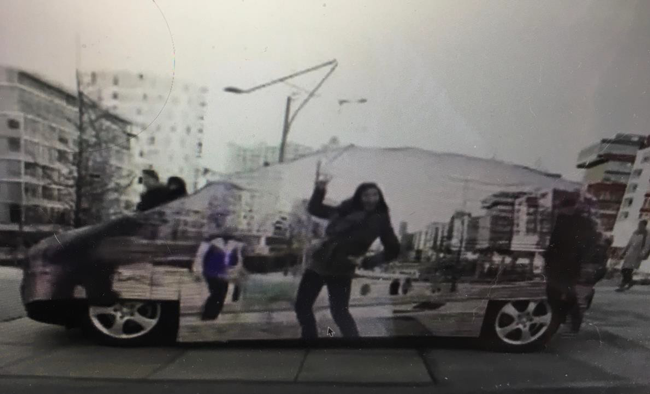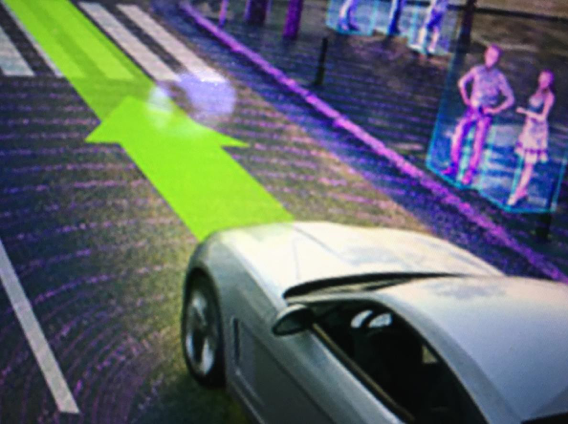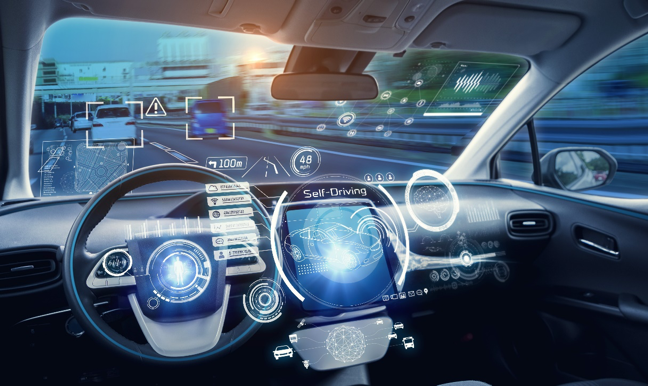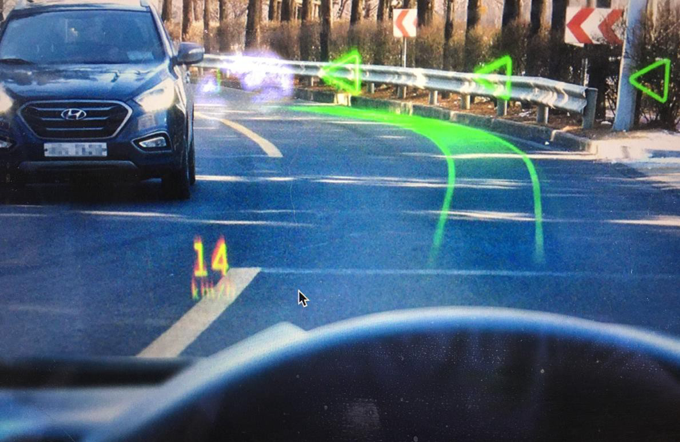INVISIBLE CAR? Next Generation Automotive Metamaterial Applications

Source: Mercedes F-Cell car / YouTube
IS AN INVISIBLE CAR THEORETICALLY POSSIBLE? IT’S NOT A GOOD IDEA
Is it possible today to make a car invisible? Yes, and Mercedes did just
that using LED panels applied to the side of a minivan. Metamaterials also hit the headlines in the past few years promising invisibility cloaks by bending light around objects.
Does that make an invisible car a good idea?
Not at all…for many reasons; foremost being safety. There are far better uses for these ground- breaking new metamaterials.

Image Source: Warner Bros. Pictures/Warner Bros. Animation
Below are three applications for advanced automotive design using metamaterials. (No, these won’t allow you to make an invisible plane like Wonder Woman’s…leave that to Lockheed’s Skunk Works)
META STRUCTURES, APPLIED NOW!
In the last two decades, a new range of advanced, high- performance, sustainable material structures are finding its way from the academic laboratories to commercial applications. These are “functional” smart materials and films, i.e. they are designed to perform manipulation of light, heat, and other forms of energy.
Their structure is at the scale of a nanometer, or a billionth of a meter. To put this in perspective, 80,000 nanometers is the diameter of a human hair, META has been designing and producing new materials with about 100-500nm feature sizes.
DE-ICING: NANOMATERIALS OFFER HIGHER PERFORMANCE
Winter driving: Today, you can choose to scrape the ice by hand and freeze outside or wait for your engine to warm up and melt the snow on your windshield.

Not much has changed in the past 50 years for de-icing until recent nano-structured metal mesh films were developed. These films have much higher de-icing performance without sacrificing visibility for the driver and passengers.
This improves battery life, extends driving range and can reduce vehicle mass with the removal of hoses and heaters in use today.

Image Source: Bold Business
LIDAR: NANOMATERIALS CAN IMPROVE ANGULAR SCAN RANGE IN SELF-DRIVING VEHICLES
One way to make a new electric car heavy is to add 10-20 sensors to all corners of the vehicle.
A better approach is to limit these sensors, which use LIDAR, by improving the scanning range. Metamaterial structures can optically increase the range of each sensor without large, bulky traditional optical lenses.
This can simplify the manufacturing bill of materials, lowering costs and reducing the mass of new electric self-driving vehicles.
INFO-TAINMENT DISPLAYS: FUTURISTIC HOLOGRAMS IN CABINS
Imagine turning on the sports car of the future…holographic images float in front of you showing engine temp (or battery level), tire pressure, and local traffic warnings.
Many automotive companies are busy bringing holographic heads up displays to the next generation of cars.

The tech is based on nanostructures embedded inside thin films that can expand or focus light. These lightweight films can be embedded in windows and thin panels to project virtual images for both the driver and the passengers – or even to people outside.

Image Source: Hyundai Motor Group
The displays can be monochromatic or color, giving designers a full suite of visual options.
All of these nanostructured materials are coming online for the next generation of automobiles in the next 5-10 years. As demand increases, manufacturing costs dropping, bringing these technologies to the mass market. Functional materials are fast becoming the go-to solution to enhance safety, improve performance, reduce mass, increase battery range and even improve solar panel collection performance.
Maybe, at some point, an invisible car will be used in a future battlefield scenario but in the meantime, stay with these practical, cost effective and realistic solutions using metamaterials.

